Four overdoses in four days. Lummi Nation calls for urgent action amid WA opioid crisis
A version of this article was originally published in Native News Online.
Early last week, Evelyn Jefferson (Lummi) was hanging doses of Narcan — the life-saving opioid reversal drug — from trees in a homeless encampment in Bellingham, near the Lummi Nation.
The Lummi Nation peoples, or Lhaq ‘temish, originally inhabited what is now Bellingham and Ferndale, according to local history. The tribe is currently the third largest in the state, with over 5,000 registered members.
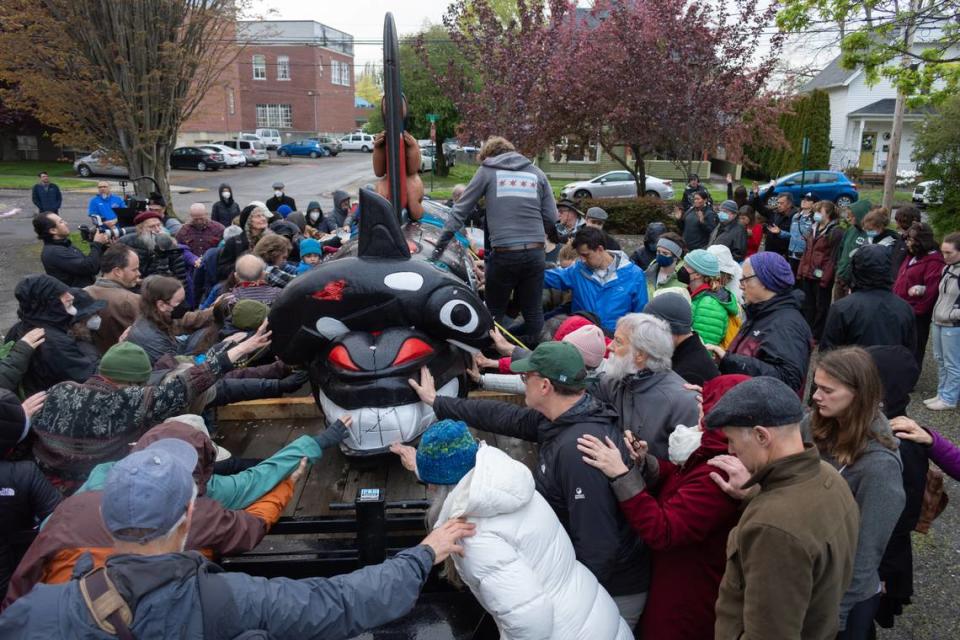
Jefferson, a crisis outreach supervisor for Lummi Nation, spends much of her time these days supporting tribal members who live in the homeless encampment and use opioids. She distributes fentanyl testing strips and Narcan; treats wounds; transports them to doctor’s appointments and treatment; and responds to overdoses.
She and her team were on high alert. A few weeks earlier, authorities had seized fentanyl pills at the encampment, enough to kill everyone in Bellingham. With the elevated risk of overdoses, Jefferson and others hung the Narcan nasal spray canisters from the trees in hopes that people would stock up and use it, if necessary.
By Thursday, four Lummi Nation tribal members had died of overdoses. One of those tribal members was Jefferson’s own son.
“As a crisis outreach person, you wouldn’t expect to be trying to save your own child,” Jefferson told Native News Online.
Opioid crisis in tribes
While the opioid and overdose crisis is surging across the country, Native American communities have the second-highest overdose rate behind African Americans — nearly 40% higher than the rest of the nation, according to the federal Centers for Disease Control. Advocates say many factors are behind this, including lack of access to health care due to geographic isolation and generational trauma.
The overdose death rate among American Indian and Alaska Natives is nearly three times higher than the grouping’s national rate, according to the Northwest Portland Area Indian Health Board. Across the country, the CDC reports the overdose death rate for American Indian and Alaska Natives has increased 33% from 2020 to 2021, which saw over 1,300 deaths. Since 2000, the grouping’s overdose death rate in the state has increased almost 300%.
Many tribal communities have embraced culturally-centered harm reduction — strategies aimed at reducing the negative outcomes associated with using drugs. These strategies include distributing Narcan and fentanyl testing strips and providing education on safe drug use, such as never using alone.
Along with Jefferson’s crisis outreach team, the Lummi Nation has been actively addressing the opioid and overdose crisis in the community. During the past year, it has hired two prevention specialists and established a stabilization and recovery center, a seven-bed facility where people can recover from opioid withdrawals and continue treatment at night after the tribal health center closes. In May, the Lummi Nation hosted the first Washington State Tribal Opioid/Fentanyl Summit to explore solutions with other tribes and local and state leaders to explore a plan of action around the crisis.
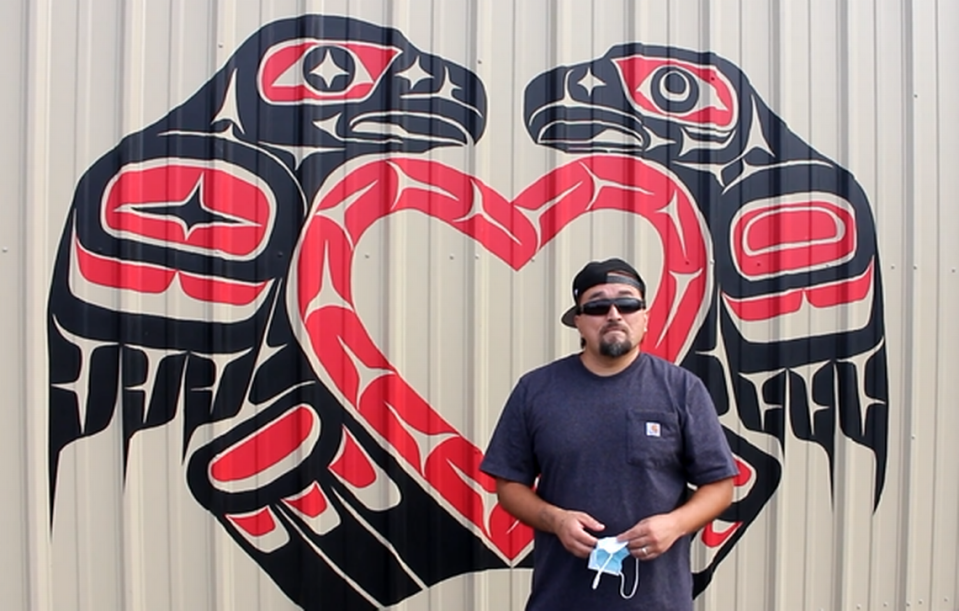
Lummi Nation overdose prevention methods
Following the spike in overdose deaths, the Lummi Nation issued an emergency alert, urging people using drugs to practice harm-reduction strategies to lower the risk of overdosing. It reminds users to never use alone, whether that means taking turns with friends or calling support lines when alone.
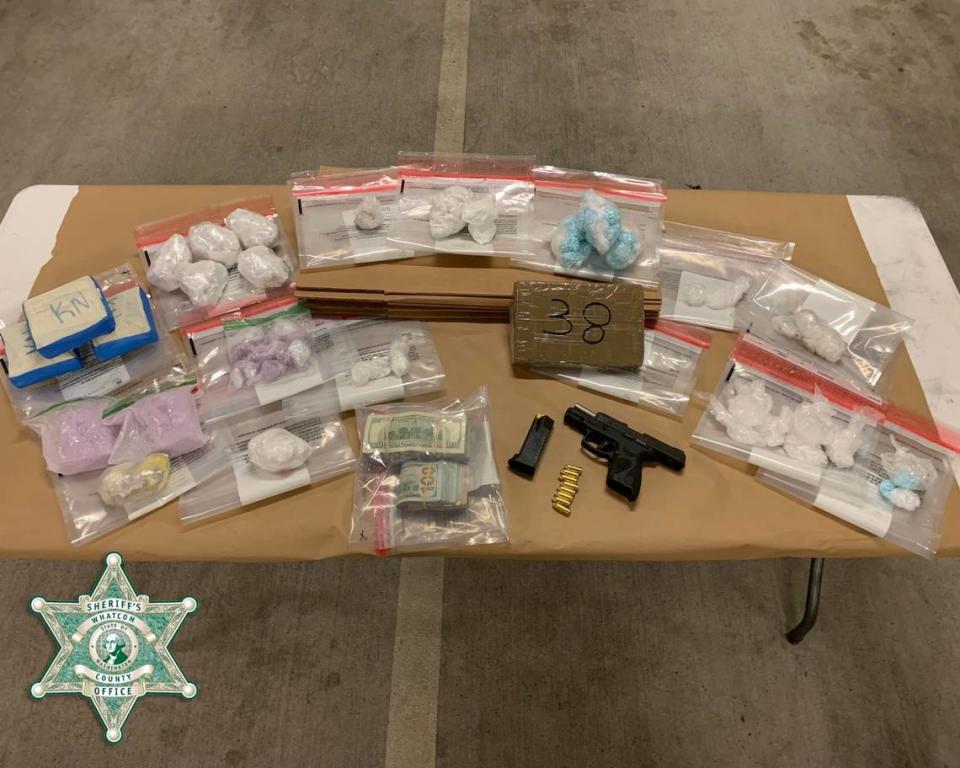
On Thursday, September 21, the Lummi Indian Business Council (LIBC) released a series of motions in response to the overdose deaths. Those motions include:
To immediately start the exclusion and banishment process for all drug dealers on the reservation
To declare a state of emergency for the fentanyl crisis
To immediately mandate that drug dealers have no bail
To take all actions necessary to shut down all drug houses
Draft a messaging plan for the youth and plan for prevention and counseling
“We need to be there for our families because times are so dark,” Lummi Chairman Anthony Hillaire told Native News Online. “We need to come together. These motions are to send a message to people who are grieving, and to the whole Lummi Nation, that this is being taken seriously and we are addressing it head-on.”
The alert also listed resources available for tribal members:
Lummi Harm Reduction - 360-325-2779
Lummi Tribal Health Center - 360-384-0464
Lummi Behavioral Health Crisis Line - 360-594-1317
Lummi Police Department - 360-312-2274
Lummi Care (Counseling Services) - 360-312-2274
Lummi Suboxone (Healing Spirit Clinic OTP) - 360-312-2465
Opioid overdose in Lummi Nation
Jefferson’s son, who was 37, had just been released from jail, where he was on a daily regimen of Suboxone, a prescription opiate used to treat opioid dependency. It is a highly effective treatment for opioid use disorder.
Upon his release, he was unable to access his daily dose of Suboxone at the tribal health clinic. Like many with opioid use disorder who face the possibility of painful withdrawals, often referred to as “dope sick,” he instead bought drugs on the street.
On Wednesday, September 20, Jefferson was alerted that her son had overdosed at her sister’s house. She tried to revive him, but he died before she could resuscitate him.
As Jefferson stood over her dead son, paramedics offered to call crisis outreach for her.
“I told them, ‘I am crisis outreach. I respond to overdoses like this,’” Jefferson said. “As a crisis outreach person, you wouldn’t expect to be trying to save your own child... our community is in such desperation right now.”
Early this year, the Lummi Nation began seeing evidence of Xylazine, a powerful animal tranquilizer, in the drug supply. When mixed with opioids, the drug can lead to severe wounds, including necrosis, the rotting of human tissue, that can lead to amputation.
Jefferson told Native News Online that a medical examiner determined that her son’s overdose was caused by another large-animal tranquilizer called carfentanil, a synthetic opioid that is 1,000 times stronger than fentanyl.
It will be a week before Jefferson can bury her son.
“There are other families ahead of me,” she said. “Who has to wait in line to bury their child?”
Treaty of Point Elliott
Chairman Hillaire said he hopes the tribe’s opioid-response strategy can help break the cycle of trauma and abuse exacted on Indigenous peoples by colonialism. He notes that the federal government continues to neglect the 168-year-old promises made in the Treaty of Point Elliott, which established the Lummi Nation reservation in Washington State.
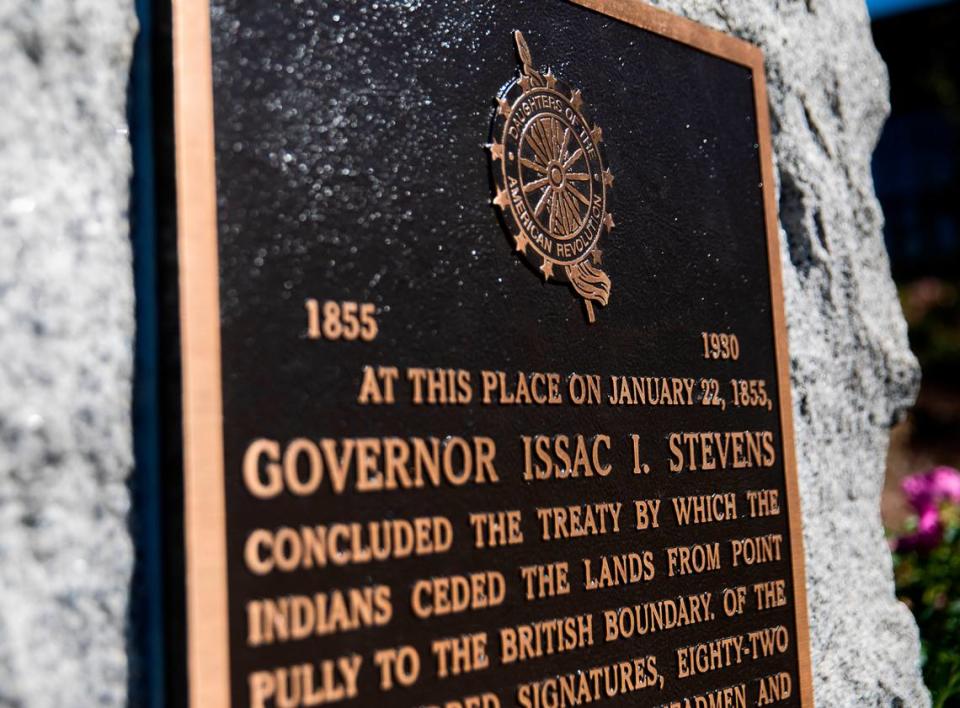
“That is one of the reminders when we see these tragic incidents: This is the outcome of when there is genocide hitting a people,” Hillaire said. “We don’t want sympathy, we want empathy from the world. If we are really going to address this, we need the federal government to uphold those treaty promises.”
The 1855 Treaty of Point Elliott established policies between Coast Salish tribes and the U.S. government. The heavily-translated meeting in what is now Mukilteo consisted of the territory’s Governor at the time and several tribes. The agreement traded an abundance of land to the U.S. for protected reservation land and various reserved rights.
Violations of the treaty are credited as a trigger in the Indian War. Tribes have reported a continued denial or violation of treaty rights in the 100+ years since its signing. The treaty is referred to in legal disputes between U.S. and tribal rights and sovereignties.
Indigenous accounts mention how hard it was for tribal leaders to sign away land in an agreement with the federal government, but did so to ensure future tribal generations had some land to themselves, and the ability to continue traditions in some capacity. The treaty was a sacrifice they had to make, according to passed-down accounts.
“Telling our story, addressing our traumas and the atrocities that have happened to us throughout history is important, and hopefully, a couple of years from now, we will be aware of that, the world will be aware of that, and we will heal together. Our vision is that our children will grow up away from this lie of trauma and abuse.”
Jason LaClair is a Lummi Nation citizen, artist, and four and a half years into recovering from addiction. LaClair said that it was his mother encouraging him to continue to come to family gatherings while he was in active addiction that helped him enter recovery. This positive social integration is crucial to recovery in Native communities, where connection to family and culture is a measure of health.
“As Indigenous people, as Lummi people, it takes a village,” LaClair said. “Going back to our roots that way is what it is going to take, and not being afraid to talk about addiction at the table.”
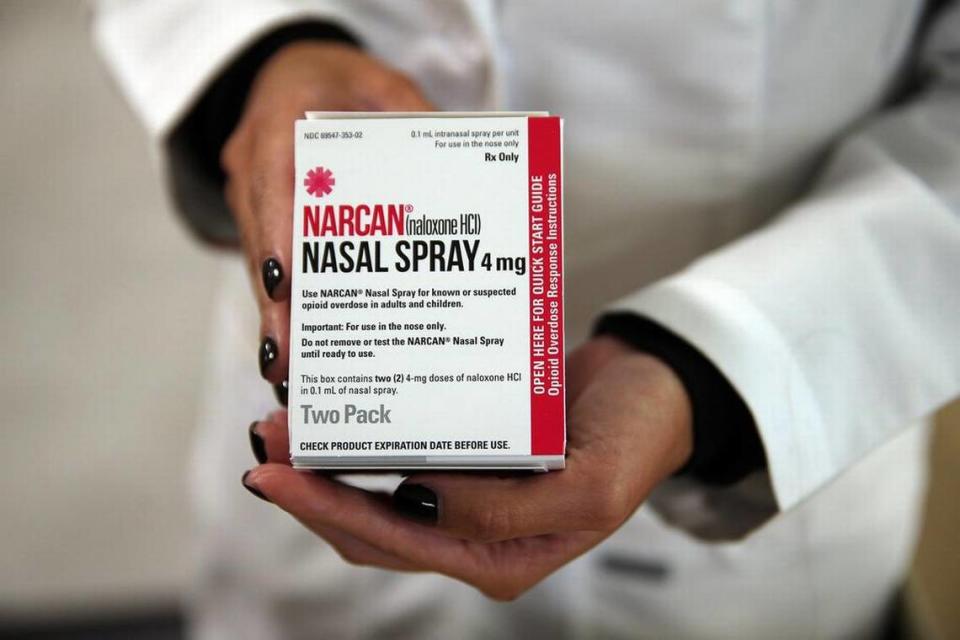
Even before her son’s death, Jefferson always carried six doses of Narcan with her, ready to use if necessary.
As Indian Country continues to face an elevated risk of overdoses, she advises community members to do the same and get trained in CPR.
“Keep using Narcan,” she said. “If one or two don’t work, keep going, use more, don’t stop. Do CPR, do chest compressions to get their heart going again.”


